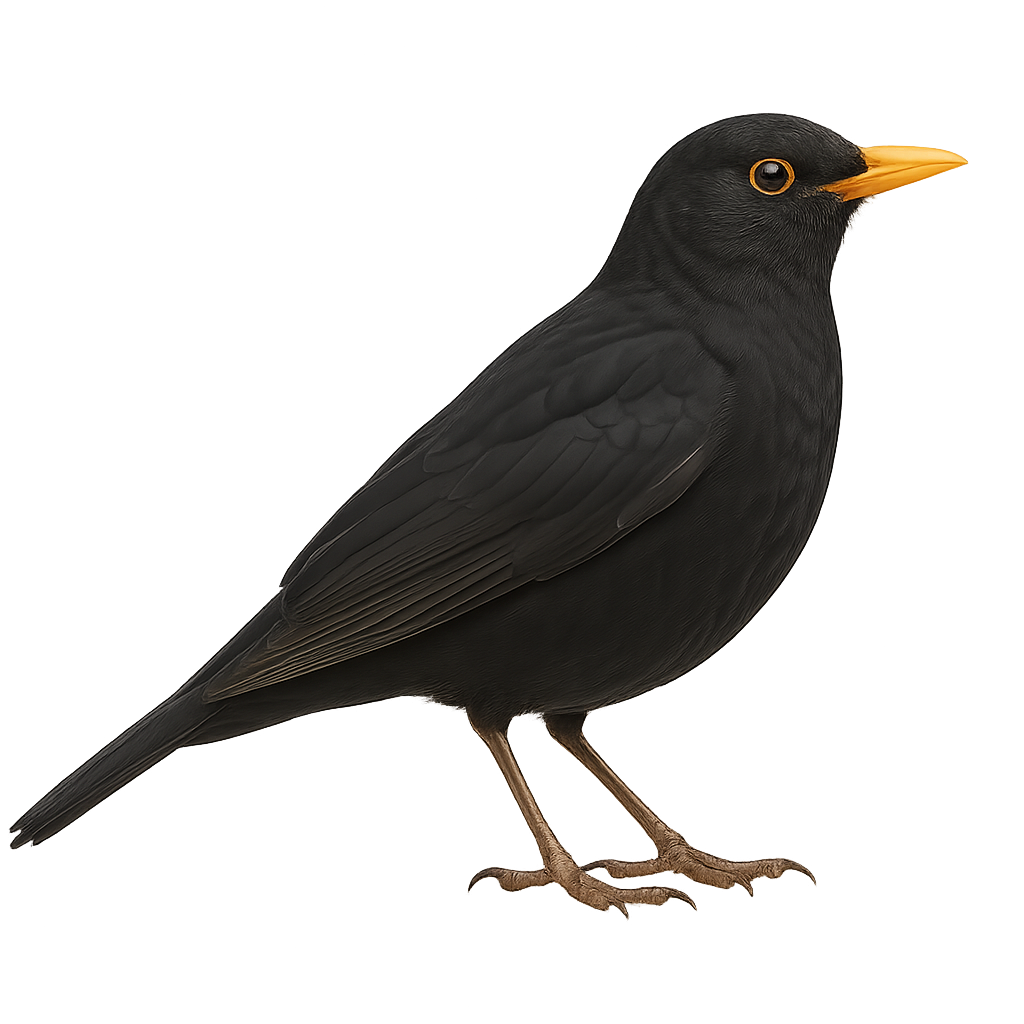Your wildlife photography guide.
Explore the european blackbird in detail, study its behavior, prepare your shots.
Where to observe and photograph the european blackbird in the wild
Learn where and when to spot the european blackbird in the wild, how to identify the species based on distinctive features, and what natural environments it inhabits. The WildlifePhotographer app offers tailored photography tips that reflect the european blackbird’s behavior, helping you capture better wildlife images. Explore the full species profile for key information including description, habitat, active periods, and approach techniques.
European blackbird
Scientific name: Turdus merula

IUCN Status: Least Concern
Family: TURDIDAE
Group: Birds
Sensitivity to human approach: Suspicious
Minimum approach distance: 10 m
Courtship display: March to June
Incubation: 12-15 jours
Hatchings: March to July
Habitat:
Forests, gardens, parks
Activity period :
Primarily active during the day, with peak activity in the morning and late afternoon.
Identification and description:
The European blackbird is a very common passerine bird found throughout Europe, Asia Minor, and North Africa. It is easily recognized by its glossy black plumage and bright yellow beak. This passerine primarily feeds on earthworms, insects, and fruit. Although it is often seen in gardens and urban parks, it remains a relatively discreet bird. It is also highly regarded for its melodious song, especially in spring.
Recommended lens:
300 mm – adjust based on distance, desired framing (portrait or habitat), and approach conditions.
Photography tips:
Photograph the European blackbird using a telephoto lens to capture the details of its glossy black plumage and active behavior. It is best to photograph early in the morning or late in the afternoon when the light is soft and the bird is more active. Be discreet and patient, as although it is often seen in the city, it is harder to capture in its natural environment.
The WildlifePhotographer App is coming soon!
Be the first to explore the best nature spots, track rutting seasons, log your observations, and observe more wildlife.
Already 1 439 wildlife lovers subscribed worldwide

